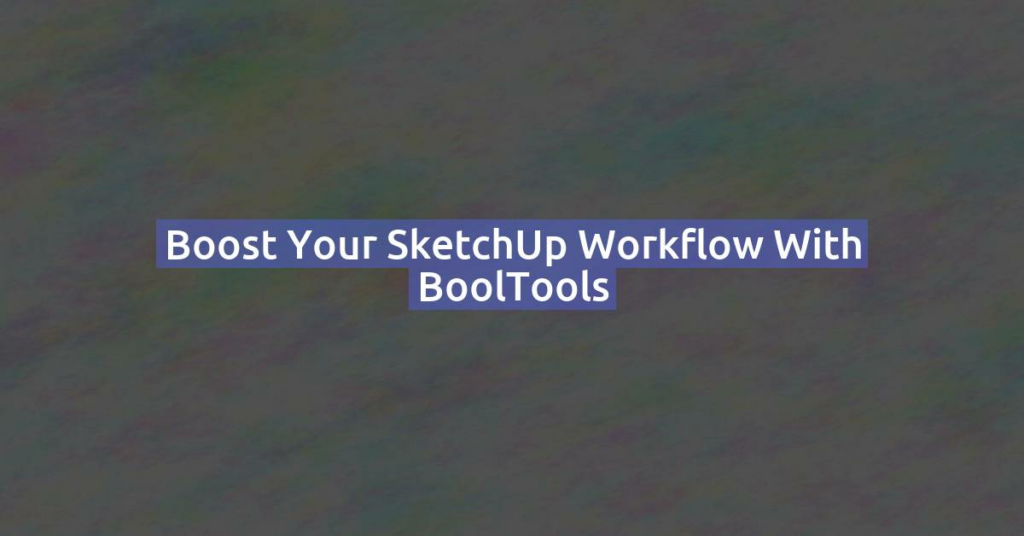As any experienced designer knows, optimizing 3D models is crucial for efficient workflows and high-performance rendering. Skimp is a powerful extension for SketchUp that focuses on simplifying and optimizing 3D models, making it an invaluable tool for architects, interior designers, and 3D artists alike.
What is Skimp?
Skimp is an advanced SketchUp extension designed to help users optimize their 3D models by reducing polygon counts without sacrificing detail or quality. This tool enables designers to manage their models efficiently, ensuring smoother performance in SketchUp and other rendering software.
Key Features of Skimp
- Automatic Geometry Reduction: One of Skimp’s standout features is its ability to automatically reduce the polygon count of your models. This process is efficient and preserves the overall shape and details, allowing for high-quality models that are easier to manipulate.
- Intuitive Interface: Skimp offers a user-friendly interface that simplifies the optimization process. With just a few clicks, you can easily adjust the level of detail to achieve the desired balance between performance and visual fidelity.
- Compatibility with Various Formats: Skimp supports multiple file formats, making it easy to work with models imported from other software. This versatility ensures that you can optimize models regardless of their origin, streamlining your workflow.
- Model Cleanup Tools: In addition to geometry reduction, Skimp includes tools for cleaning up models by removing unnecessary components, hidden geometry, and other elements that can bog down performance. This feature helps maintain an organized and efficient workspace.
- Real-Time Feedback: As you make adjustments to your model, Skimp provides real-time feedback on the polygon count and overall performance. This immediate insight allows you to make informed decisions about the optimization process.
How Skimp Enhances Your Workflow
Integrating Skimp into your SketchUp workflow can lead to significant improvements in performance and efficiency. By reducing polygon counts and cleaning up models, you can ensure smoother navigation and rendering in SketchUp, which is particularly beneficial when working on complex projects. This allows you to focus on creativity rather than technical issues.
Use Cases for Skimp
- Architectural Visualization: Ideal for architects and visualizers who need to present detailed models while ensuring smooth performance during client presentations.
- Interior Design: Perfect for interior designers looking to optimize furniture and decor models without losing detail, facilitating a more efficient design process.
- Game Development: Useful for game developers who require low-polygon models for real-time rendering while maintaining a high level of visual quality.
- 3D Printing: Great for designers creating models for 3D printing, as it helps ensure that the models are not overly complex and can be printed effectively.
Conclusion
Skimp for SketchUp is a game-changer for anyone involved in 3D modeling and design. By enabling automatic geometry reduction, providing model cleanup tools, and offering real-time feedback, it enhances your ability to create high-quality models efficiently. Skimp empowers you to optimize your workflow, improve performance, and focus on the creative aspects of your projects.
If you haven’t tried Skimp yet, now is the perfect time to take your SketchUp experience to the next level. Streamline your modeling process and ensure your projects run smoothly with this essential extension!



